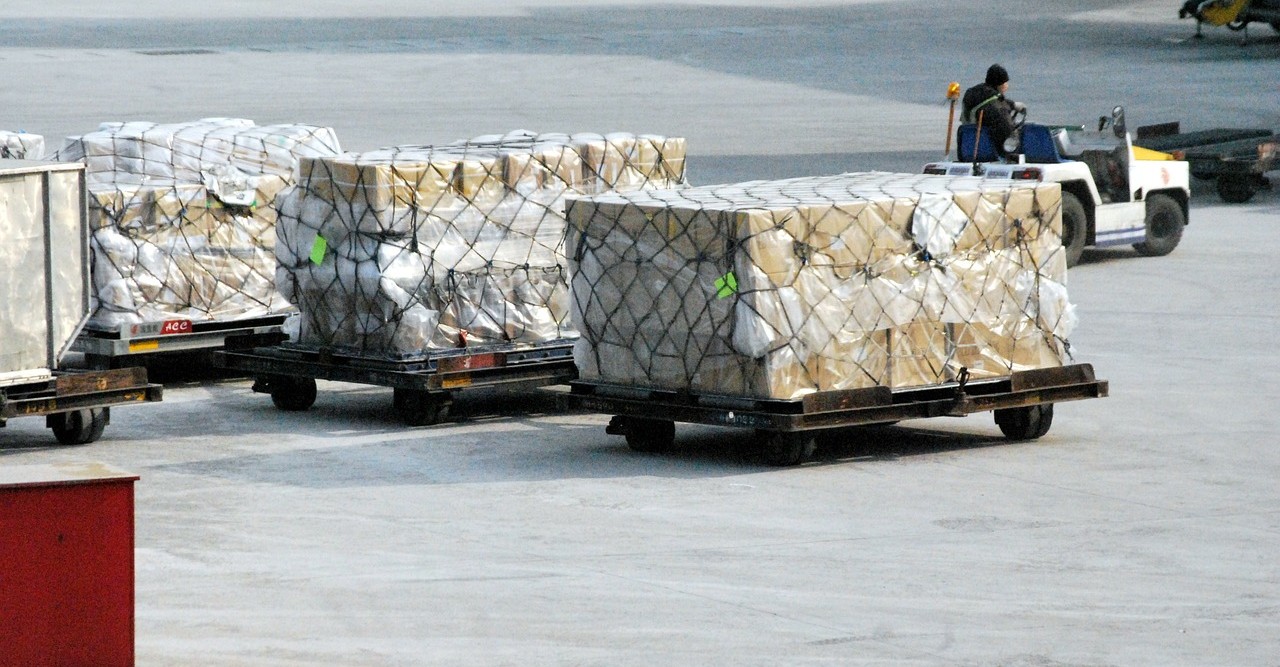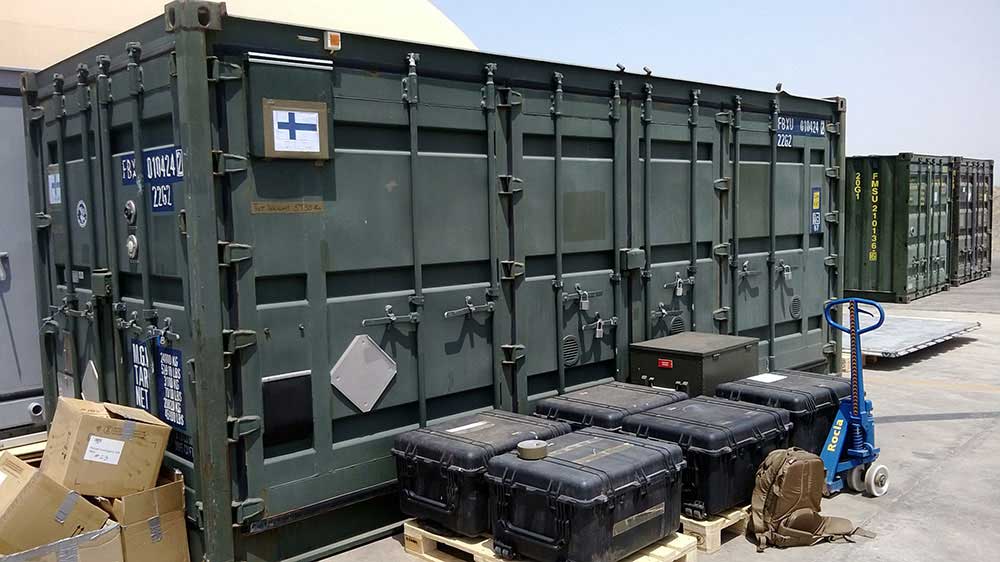
Case: Disaster Aid to Earthquake Area in 24 Hours
Overview of the Situation
In the small hours of February 6th, 2023 a 7,8 Richter earthquake shook the ground in southeast Turkey and Syria. After the initial quake, a series of aftershocks followed and wreaked havoc. Getting help to a catastrophe area was working against the clock. Each moment counts and getting aid to the area quickly is a matter of life and death. The scale of this humanitarian crisis was immense.
Operation Timeline
Jetlogistics got the request to aid the Estonian rescue operation during that same Monday morning and started to make the arrangements immediately. Jetlogistics Estonian Team contacted the Finnish Team, and together with Euroflite, they managed to execute the operation swiftly. Within 24 hours everything was flying out already, both the rescue personnel and the equipment. Euroflite sourced the aircraft for the operation and the Finnish team helped to get everything ready and made sure enough cargo pallets were available.
- The first request came on 6.2.2023 at 10 am
- Estonian Rescue Team got clearance 6.2.2023 at 5 pm
- The first cargo started to arrive at air terminal 6.2. at 11 pm
- The Tallinn-Adana flight was already on its way Tuesday 7.2.
Challenges of Urgent Disaster Aid Operation
Time pressure in a disaster situation is enormous. Rapid humanitarian aid is crucial to ensure that the injured are provided with medical supplies and lives could be saved. Search efforts need to start asap.
Limited infrastructure and chaotic circumstances in the disaster area usually bring an added level of complexity to the operation. In this case, the civilian airport in the area was congested and couldn’t serve, so the flight had to land at the nearby military airport of Adana. Also, the roads in the area were impacted heavily by the earthquake, and it took the rescuers 12 hours to drive 160km from the airport to the rescue scene.
There are most often also other unexpected challenges in a complex operation like this. In this operation, there wasn’t enough necessary cargo equipment at the outbound airport.
“Our professional team in Finland helped a lot. In addition to the urgency of the mission, the challenge was that the airport in Estonia did not have the necessary cargo pallets to load the relief cargo. Jetlogistics Finnish team gathered enough cargo pallets from Finland and ship the pallets from Finland to Tallinn Airport for loading.”Reelika Mõttus, Jetlogistics Head of Defence and Government Sector of Baltic States
DEFLOG Crisis Response Concept as a Solution
DEFLOG is a Jetlogistics crisis response service concept, and it combines all the best qualities of three Wihuri Aviation operators. Wihuri Aviation’s business units (Jetlogistics, Euroflite, and Jetflite) specialize in rapid response flight operations to difficult locations and carry out dozens of different types of relief flights per year. Operations often consist of troop deployments and rescue, evacuation, and ambulance flights.
“Our strength is the structure of our organization. We can respond quickly to the needs for both the transport of people and materials. Euroflite handles the transportation of people, Jetflite offers e.g. ambulance flights and Jetlogistics takes care of the forwarding and packaging of goods in the right way.” Jetflite’s Sales Director Jan Lindholm says.

In this case, Euroflites’ role was to source the aircraft for this aid operation. The A330 aircraft used was leased from a European airline operator. The A330’s cargo hold was able to accommodate a sufficient amount of goods to meet the needs. Jetlogistics handled the overall logistics of the operation and forwarding and packaging of goods in the right way. This is necessary to ensure that the material can be transported by air following international freight regulations.
In total, about 12 tonnes of rescue equipment and 35 people were sent from Estonia to the disaster area. At the same time, a similar charter was prepared by Jetlogistics & Euroflite in Finland with a similar approach.

